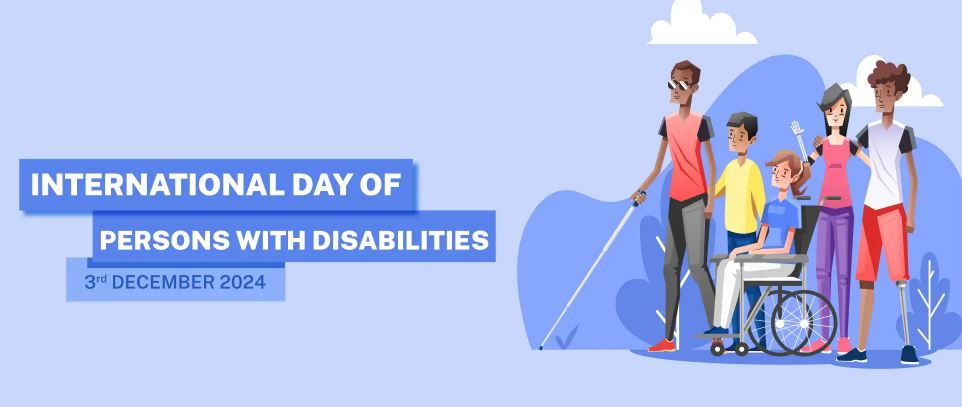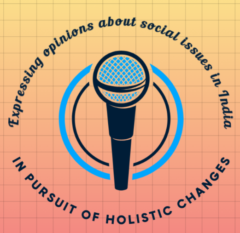
World Disability Day or the International Day of Persons with Disabilities, celebrated on December 3rd, is a reminder of the importance of inclusivity. This year’s theme, “Amplifying the Leadership of Persons with Disabilities for an Inclusive and Sustainable Future,” emphasizes the need for a society where everyone can participate fully. In India, the journey toward accessibility has been ongoing, yet significant challenges remain.
The history of disability rights in India has evolved significantly. The Persons with Disabilities (Equal Opportunities, Protection of Rights and Full Participation) Act was enacted in 1995. However, it lacked comprehensive measures for accessibility. In 2016, the Rights of Persons with Disabilities Act replaced it, expanding the definition of disabilities from seven to twenty-one categories. This change marked a pivotal moment in recognizing the rights of persons with disabilities (PwDs) as civil rights rather than welfare issues.
The Accessible India Campaign: Progress and Challenges
Launched in 2015, the Accessible India Campaign aims to create a barrier-free environment. It focuses on three key areas: built environment accessibility, transportation system accessibility, and information and communication technology. The campaign’s goal is to ensure that all public spaces are accessible to PwDs.
Despite these efforts, challenges persist. As of 2023, only 71% of government schools have been made barrier-free. Public transport systems still lack adequate facilities for PwDs. For instance, only 30% of railway stations are fully accessible. These statistics highlight the gap between policy and implementation.
World Disability Day: A Legislative Framework
The Rights of Persons with Disabilities Act provides a strong legislative framework. However, enforcement remains weak. According to the Ministry of Social Justice and Empowerment, compliance with accessibility standards is often ignored. This lack of accountability hinders progress toward an inclusive society.
Experts like Dr. Satendra Singh emphasize that “legislation alone cannot bring change; we need a cultural shift.” This cultural change involves educating society about disability rights and fostering empathy toward PwDs.
Employment Barriers: The Need for Inclusive Workplaces
Employment opportunities for PwDs are limited. According to recent statistics, only 34% of working-age PwDs are employed in India. Barriers such as inaccessible workplaces and negative societal attitudes contribute to this low employment rate.
To combat this issue, companies must adopt inclusive hiring practices. Organizations like NASSCOM advocate for diversity in the workplace. They emphasize that employing PwDs not only fulfills legal obligations but also enhances innovation and productivity.
Technology: A Catalyst for Change
Technology plays a crucial role in promoting accessibility. Assistive devices and accessible websites can significantly improve the quality of life for PwDs. For instance, mobile applications like the Accessible India Campaign App allow users to report inaccessible locations easily.
Moreover, advancements in artificial intelligence can enhance communication for individuals with speech impairments. As technology evolves, it presents new opportunities for inclusivity.
Community Initiatives: Grassroots Movements Matter
Grassroots movements have made significant strides in advocating for disability rights. Organizations like VSO India work tirelessly to raise awareness and promote inclusivity at the community level. Their initiatives focus on education, healthcare access, and skill development.
These community-driven efforts remind us that change often starts from the ground up. Engaging local communities fosters a sense of ownership over disability rights initiatives.
Statistics Highlighting Current Challenges
- Approximately 2.68 crore people in India live with disabilities, according to the 2011 Census.
- Only 8% of urban public transport systems are accessible.
- The employment rate for PwDs remains at a dismal 34%, highlighting systemic barriers.
These figures underline the urgent need for action.
Holistic Changes Needed for an Inclusive Society
To create a more disability-friendly India on this World Disability Day, several holistic changes must be implemented:
- Strengthening Legislation: Ensure strict enforcement of existing laws related to disability rights.
- Enhancing Accessibility: Invest in infrastructure improvements across public spaces.
- Promoting Awareness: Launch national campaigns to educate citizens about disability rights.
- Encouraging Employment: Provide incentives for companies that hire PwDs.
- Leveraging Technology: Utilize technology to create innovative solutions for accessibility challenges.
In conclusion, while strides have been made toward inclusivity in India, much work remains. As we observe World Disability Day this year, let us commit to creating an accessible society where every individual can thrive.
Are you ready to be part of this change? Advocate for disability rights in your community! Share your thoughts below in the Comments section on how we can make our society more inclusive for everyone!

World Disability Day 2024 highlights the progress and challenges in making India accessible for persons with disabilities. It emphasizes the role of inclusive policies, technology, and collective efforts in creating a barrier-free society. A thoughtful piece that calls for stronger action and awareness.
Thank you Manish! There is progress, but still a lot more needs to be done in terms of inclusivity, accessibility and making public places and facilities like pubic toilets, and public transport more user-friendly for people with disabilities. Education in skills where disabled persons can be seamlessly employed needs to be given importance so that no person with disability feels left out.